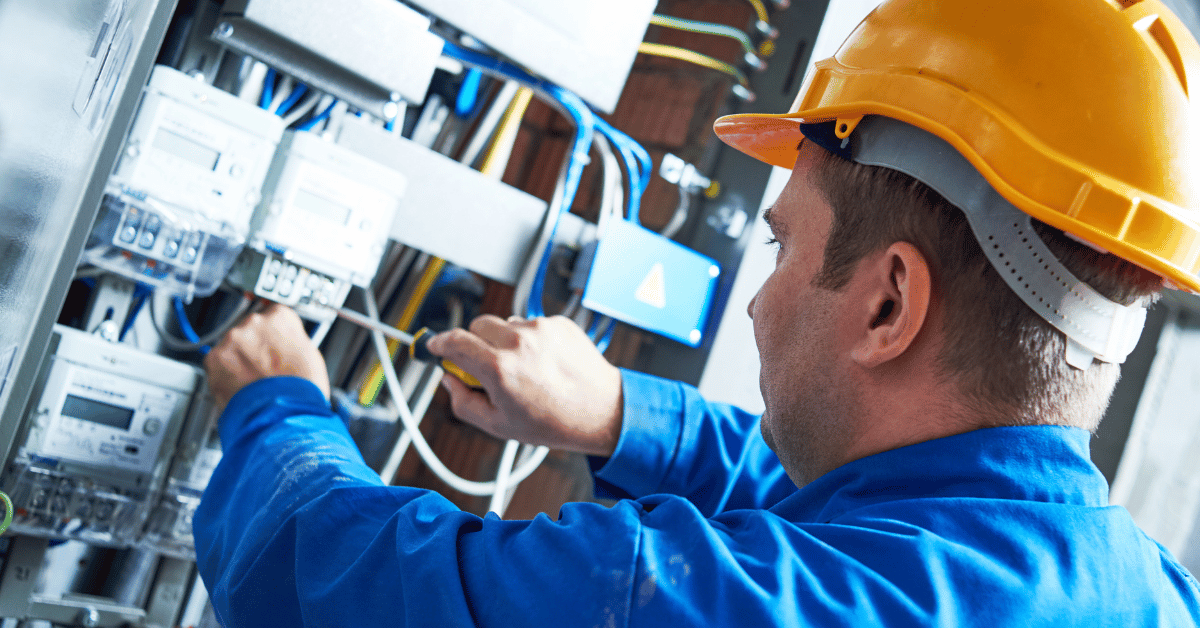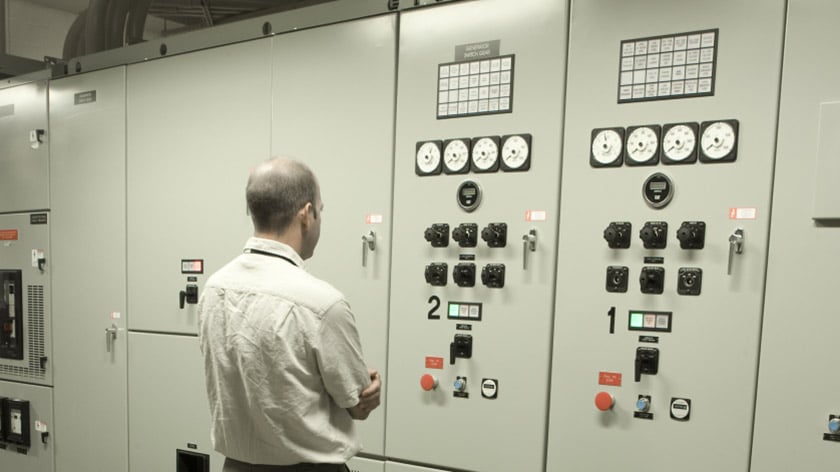Lower Real Estate Energy Costs by Submetering Electricity
Retrofitting a multi-tenant building (or collection of buildings) with a wireless circuit monitoring system can pay for itself in less than a year....
5 min read
![]() Packet Power Team
:
Apr 9, 2024 7:32:57 AM
Packet Power Team
:
Apr 9, 2024 7:32:57 AM

With the signs of climate change everywhere and energy prices widely expected to continue increasing, people are looking for more ways than ever to optimize their current power infrastructure to minimize costs, cut carbon emissions, and improve sustainability.
Motivations for improved sustainability include aligning with the UN’s Sustainable Development Goals, avoiding hefty fines for not complying with local laws and building codes, gaining additional points toward green building certifications like LEED and ISO 50001, or attracting investors focused on environmental, social, and governance (ESG) activities. Whatever the reason, establishing a benchmark for current energy use is where a lot of people will need to start.
Consider this: New York City’s Local Law 97 requires most buildings over 25,000 square feet to cap carbon emissions and reduce their carbon footprint by 40% by 2030 and 80% by 2050. This applies to nearly 50,000 properties in New York City, and building owners and landlords will face stiff fines if they’re not compliant with Local Law 97 by the deadlines.
The example of one skyscraper,1 touted as among the greenest in the world when it opened in 2010, now potentially facing $3 million in annual fines has developers and landlords racing to secure the submetering energy monitors that are the first step in becoming compliant with Local Law 97. Obtaining benchmark data is critical for showing progress toward regulatory compliance and reducing a building’s carbon footprint. Property owners must submit their building emissions report by May 1st, 2025. Failure to do so or failure to meet emissions limits will result in a financial penalty.
New York isn’t alone in pushing carbon emission reductions. Many U.S. states have passed similar building rules. California has had Title 24 in effect for more than a decade. Title 24 is focused on reducing energy usage and building more energy-efficient structures. The American Society of Heating, Refrigerating, and Air-Conditioning Engineers (ASHRAE) put submetering requirements into its Standard 90.1 back in 2013.
The European Commission, the African Union, and the Association of Southeast Asian Nations (ASEAN) each have energy guidelines for their members. Investors everywhere are looking for projects that are closer to net zero or carbon neutral. The United Nations Environment Programme released a report that found global investments in building energy efficiency increased by 16% in 2021 to $237B and the number of “green” certified buildings grew by 19% between 2020 and 2021.2
A significant portion of electricity consumption in mixed-use buildings stems from non-residential tenants, such as commercial and nonprofit organizations, and medical centers. To address this issue, reducing the energy usage of non-residential tenants involves implementing modern lighting systems and submetering.
New York City’s Local Law 88 mandates that mixed-use residential buildings larger than 25,000 square feet must upgrade common area lighting to meet current New York City energy code standards. Additionally, they are required to install sub-meters for each non-residential tenant space exceeding 5,000 square feet and provide monthly power-use statements to sub-metered tenants. While compliance is required by January 1, 2025, building owners are encouraged to initiate a compliance plan in advance to minimize disruption for tenants and residents.
Cutting carbon emissions and reducing energy usage is truly a global effort. To aid in this effort, there is now a growing industry of consulting firms dedicated to retrofitting buildings and helping people find and capitalize on all the financial incentives and socioeconomic benefits tied to energy reduction.
The good news is that establishing a benchmark for current energy usage doesn’t take months or even weeks. It can be accomplished with an investment that pays for itself quickly through energy savings and technology that optimizes system performance. Here are the things to consider when selecting a submetering or energy monitoring system:
Utility-grade meters should offer accuracy within +/-1%.
An energy monitoring system can come preconfigured and communicate data wirelessly in real-time with existing building management software. It should allow users to remotely access the data anywhere and at any time. The most user-friendly devices will create a wireless mesh network to securely send data and make retrofitting a building easier by eliminating the need to run communication lines or bring in specialists to configure and calibrate devices.
Look for a monitoring system that allows devices to be added or relocated in the future if needs change. Two popular solutions are monitors that cover an entire panel of circuits (branch circuit monitors) and multi-circuit monitors that can meter energy-intensive equipment like HVAC and IT systems.
To establish a benchmark, gauge the effectiveness of energy-saving activities, and show improvement over time, monitors must provide the following data and functionalities:
Consider the total cost per device—including not only acquisition cost but also the cost of installation and configuration. Time is money. The sooner a system provides data, the more quickly it can help to drive cost savings.
A comprehensive energy monitoring system makes financial sense from many angles. Building owners can save on electricity costs, avoid large fines by complying with changing building codes, attract environmentally-conscious investors, and promote their buildings to renters and tenants who want to occupy energy-efficient spaces.
More and more, people will be selecting where they live and work based on whether a building has an environmentally friendly rating, for both societal (to be better global citizens) and financial reasons (to avoid being hit with higher energy bills or rent increases as fines get passed on to tenants). With all of this in mind, the initial cost of implementing a monitoring system is small compared to the ROI that could translate into hundreds of thousands or millions of dollars in savings.
The threat of large fines for compliance failure is often enough in some places to make adding energy submetering a straightforward financial decision. Places like California and New York are often ahead of the curve when it comes to societal change, so it’s fair to assume more states, cities, and entire countries will be enacting policies similar to Title 24 and Local Laws 97 and 88 soon, too.
However, if simply reducing energy bills is your primary motivation, there is already plenty of evidence that advanced metering pays off well. One study in Canada3 found that submetering enabled actions that reduced in-suite energy consumption by 40% in residential buildings.
A U.S. Department of Energy study4 found that advanced metering offered the quickest payback in terms of original investment among every energy conservation measure it looked at. It found the ROI in most instances was just a few months.
Packet Power’s American-made monitoring devices were originally developed for energy-intensive, security-focused data centers. With the broadening need for data that shows progress around energy conservation, carbon emission reduction, and sustainability goals, our devices offer a quick and affordable solution for all sorts of end users. If you’d like help retrofitting your buildings or designing a cost-effective system for your new project anywhere in the world, please reach out to our team and we’d be happy to get you started.

Retrofitting a multi-tenant building (or collection of buildings) with a wireless circuit monitoring system can pay for itself in less than a year....

Introduction to Submetering In the competitive real estate management landscape, controlling operational costs is crucial, particularly in...

You don't know the future cost of energy (otherwise you'd probably be cornering the energy futures markets right now). But it's a safe bet energy...